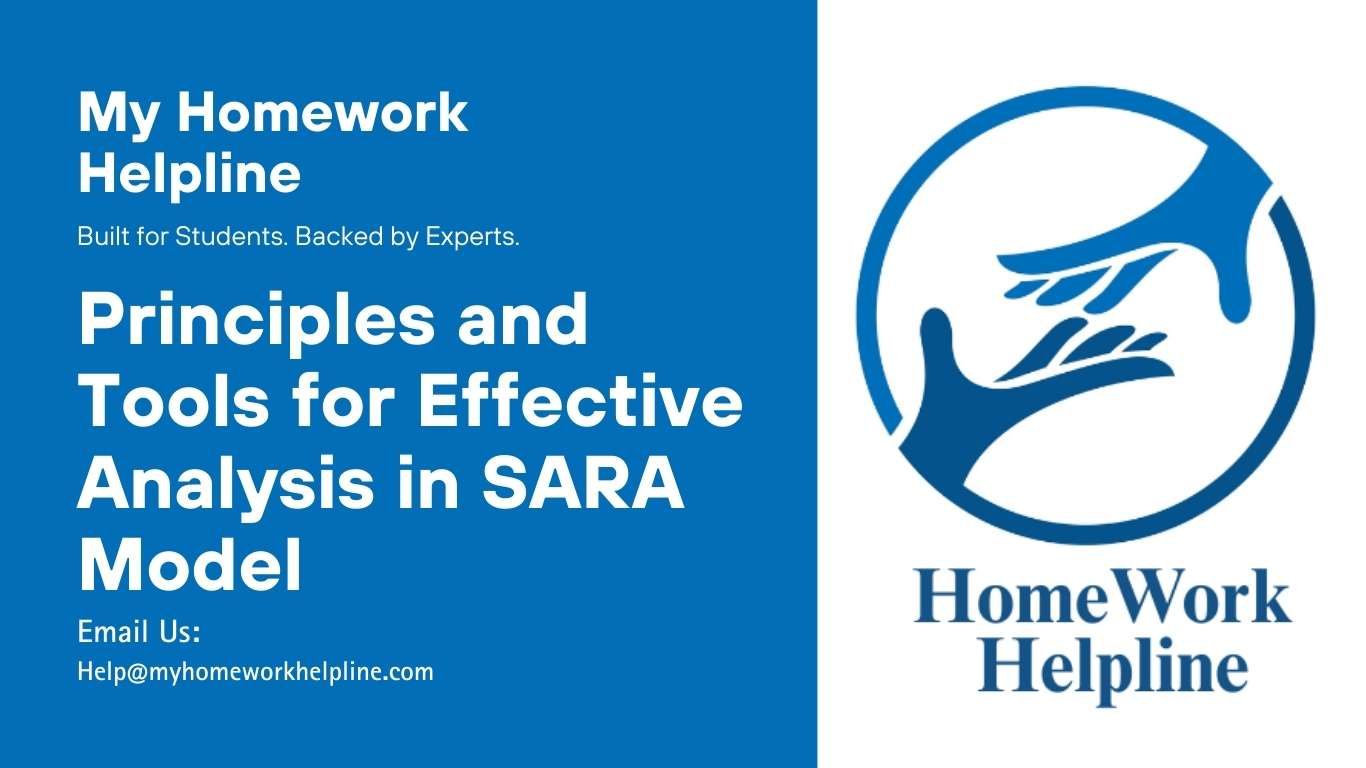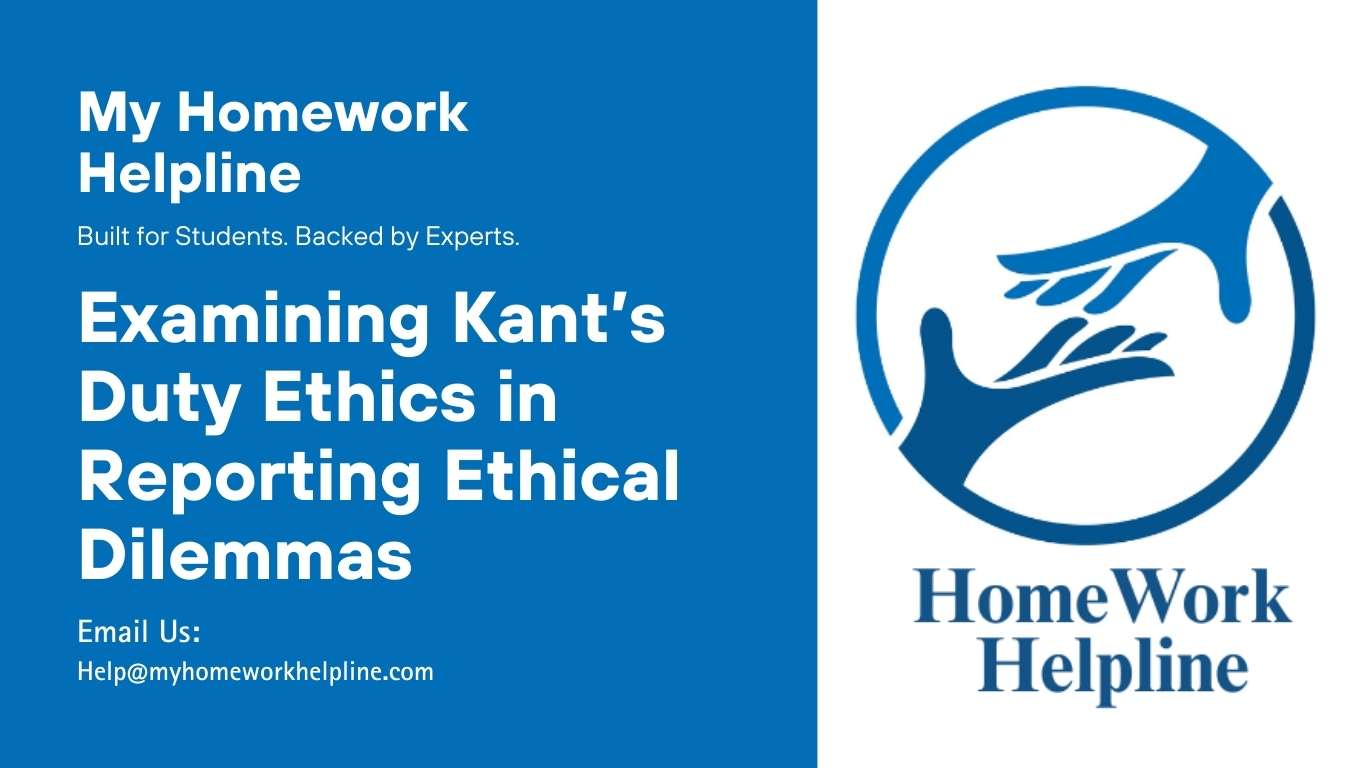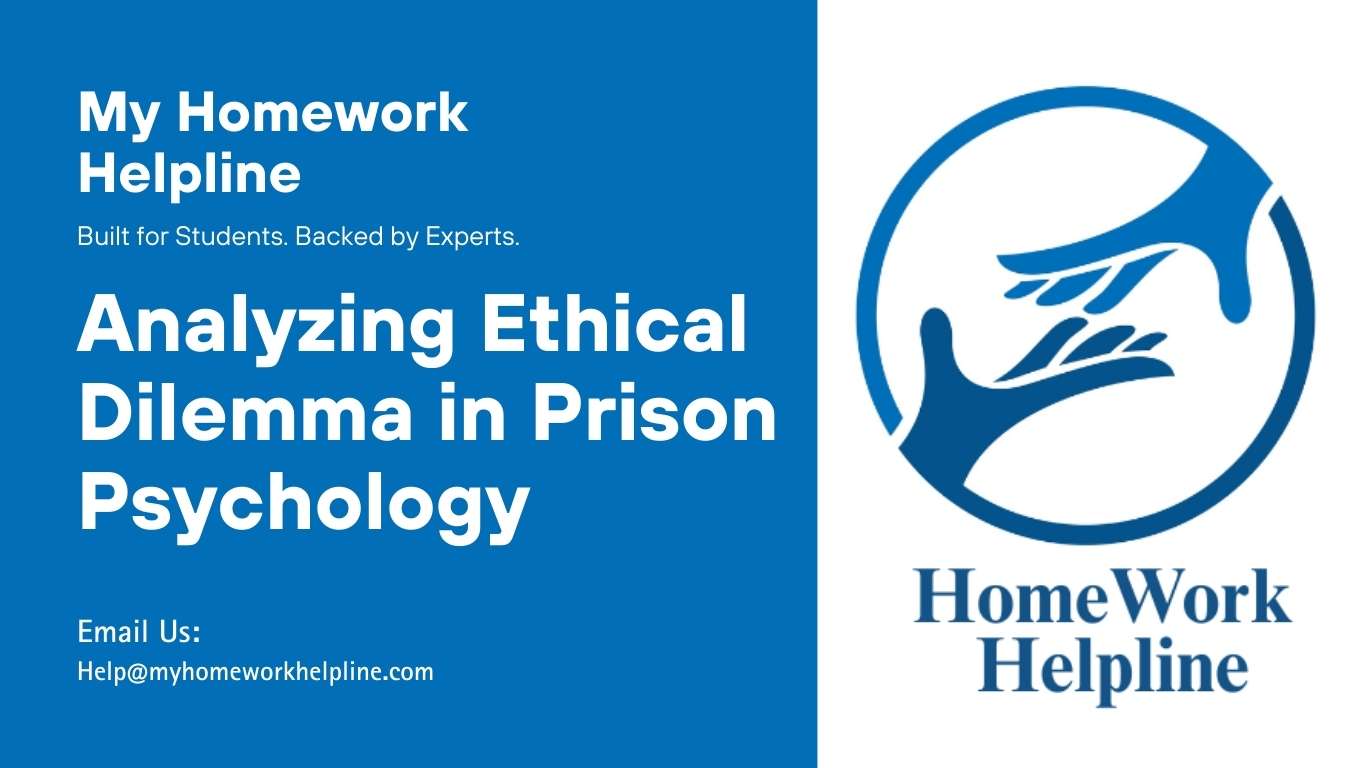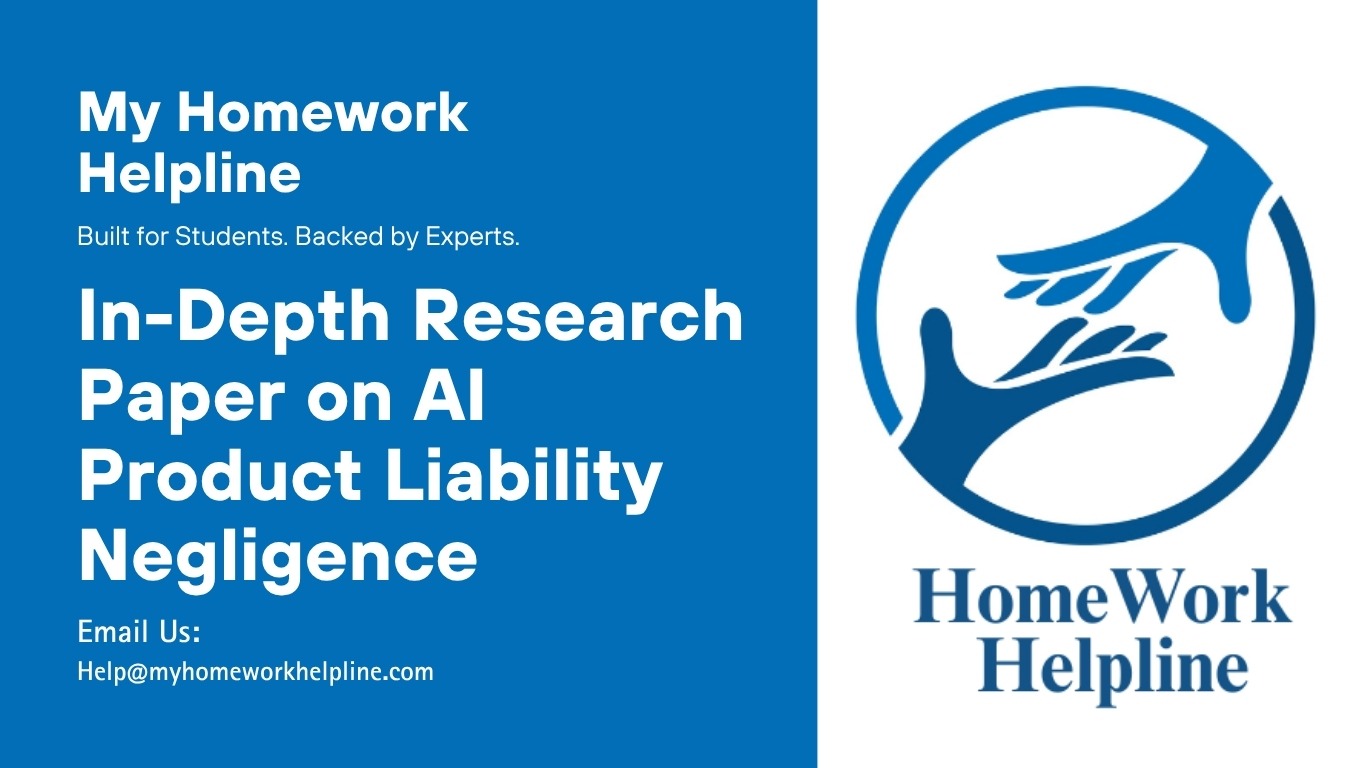Comprehensive Case Analysis in Employment Law and HR’s Role
Personnel is guarded against prejudice within Title VII of the Civil Rights Act of 1964, founded on specific predetermined traits, including ethnicity, color, heritage, sexual identification, and faith. Infringement may transpire when a person is employed, appointed, endorsed, relocated, skilled, disciplined, fired, assumed work, appraised on achievement, or accorded awards (White, 2018). The below cases […]










